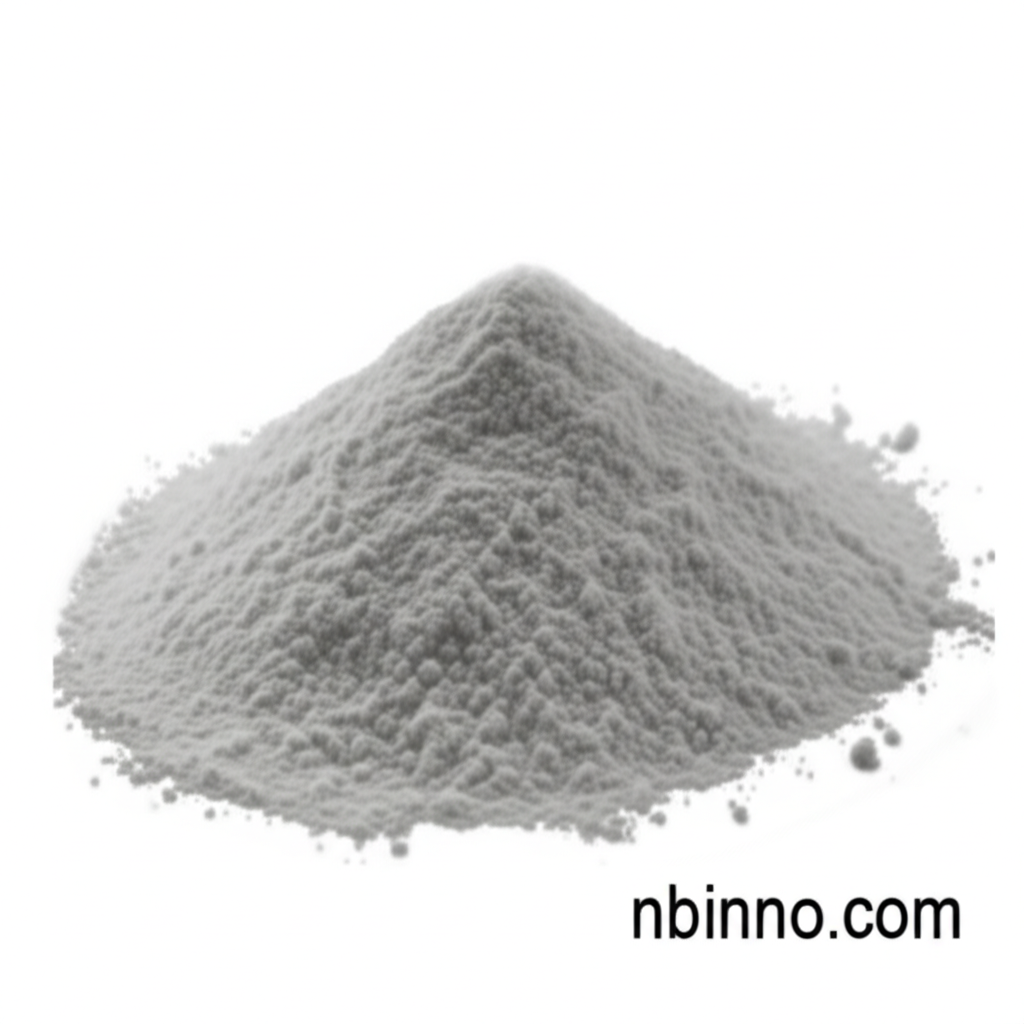Unlock the Potential of 3,5-Dibromo-1-methyl-2(1H)-pyridinone
A vital building block for advanced pharmaceutical and agrochemical innovations.
Get a Quote & SampleProduct Core Value

3,5-Dibromo-1-methyl-2(1H)-pyridinone
This compound, identified by CAS 14529-54-5, is a critical brominated pyridinone derivative with extensive utility as a pharmaceutical intermediate. Its unique chemical structure makes it an indispensable component in the synthesis of a wide array of drugs and biologically active molecules, contributing significantly to advancements in medicine.
- Explore the 3,5-Dibromo-1-methyl-2(1H)-pyridinone synthesis pathways to understand its efficient production methods.
- Discover the diverse applications of CAS 14529-54-5 pharmaceutical intermediate in novel drug discovery.
- Learn about the advantageous brominated pyridinone derivative uses in creating compounds with enhanced bioactivity.
- Utilize this compound as a key agrochemical precursor for developing effective crop protection solutions.
Advantages of Utilizing This Intermediate
Enhanced Reactivity
The presence of bromine substituents on the pyridinone ring significantly enhances its reactivity, facilitating complex organic synthesis and the creation of novel molecular structures for drug synthesis.
Versatile Applications
This compound serves as a crucial building block, not only in pharmaceutical development but also as an active ingredient precursor in agrochemicals, showcasing its dual industrial importance.
Potential Therapeutic Impact
Research indicates its promise in developing antitumor and anti-inflammatory drug development, highlighting its potential to address significant health challenges.
Key Applications
Pharmaceutical Synthesis
As a vital pharmaceutical intermediate, it's employed in creating a broad spectrum of medicinal compounds, driving innovation in healthcare.
Agrochemical Development
Its role as an agrochemical precursor is instrumental in developing effective solutions for crop protection, ensuring agricultural productivity.
Antimicrobial & Antifungal Agents
The compound's inherent properties make it suitable for synthesizing potent antimicrobial and antifungal agents, addressing critical biological threats.
Research & Development
A key component in research, its unique structure aids in the exploration of new compounds with potential antitumor and anti-inflammatory activities.
